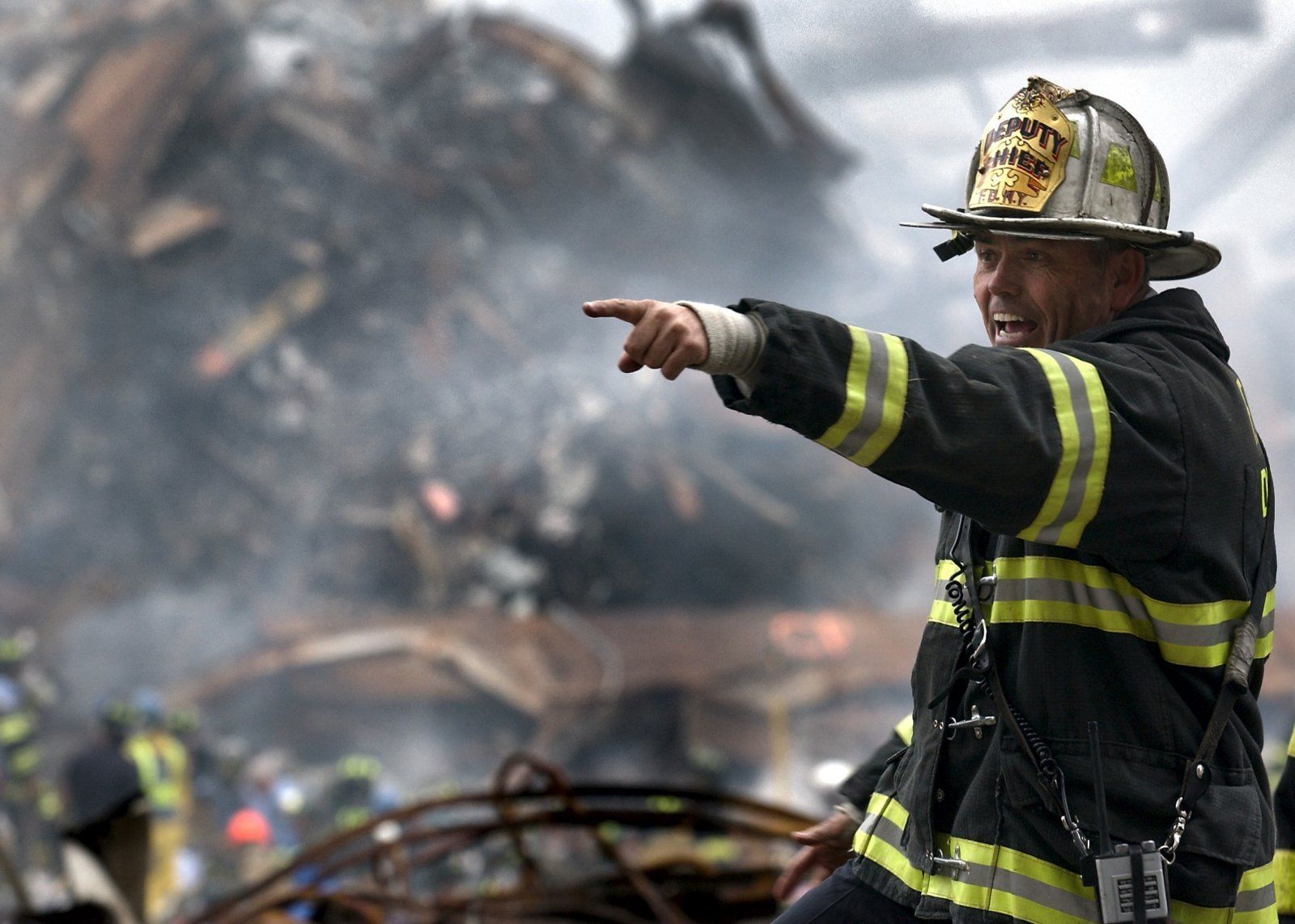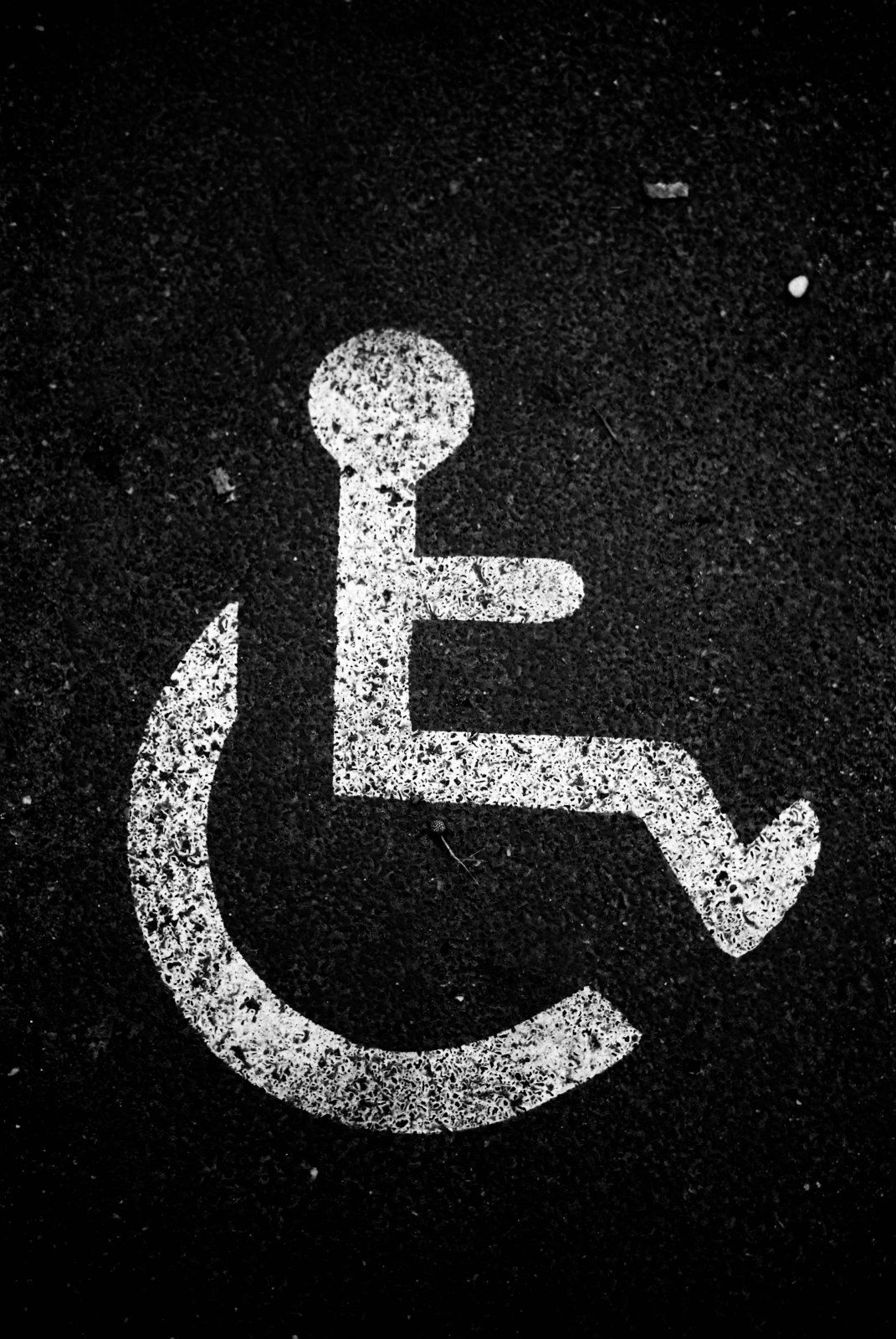Disabled people fire deaths – could it happen here?

14 December 2012
Are we really doing enough to consider the safe evacuation of disabled people in the event of fire? asks Bob Docherty
(Bob Docherty is chairman of the Institute of Fire Safety Managers in the UK.)
He here describes the apathetic attitude often encountered.
Sad news last month 13 disabled people and a supervisor had all perished in a workplace fire in Germany. This is not supposed to happen in these times when we are supposed to have ‘taken care’ of the safety of everyone, including those who are disabled.
Don’t we have a plethora of European legislation and EU Directives that focus on a risk based approach to fire safety? Wasn’t it an EU Directive that started the move away from the Fire Precautions Act in the UK towards a risk based approach? And weren’t all countries in the EU signed up to this approach?
In the UK, building regulations recognise the need to have buildings that are accessible and user-friendly to all who may use them, including disabled people. We have the Equality Act which ensures equality and access to buildings for disabled people within reason. And we have the Regulatory Reform (Fire Safety) Order 2005 (RRO) which makes the responsible person take account of the evacuation plans of everyone in a building, including disabled people.
In 2007, the Government produced supplementary guidance to go with the suite of guidance documents already produced at that time for the RRO. This addition was titled ‘Means of Escape for Disabled People’.
PEEPs
I was so interested in this at the time that together with a colleague, Alan Stoker, we started up a company especially to deal with the evacuation of disabled people from fire. At around this time another colleague, Elspeth Grant, started a consultancy called TripleAConsult dealing with all access issues as well as Personal Emergency Evacuation Plans (PEEPs) and training.
Armed with the new guidance document, additional training and our experience, Alan and I set out to provide a service and consultancy in PEEPs, thinking that we were on the cusp of a breakthrough in how the responsible person would now view their emergency plans and evacuation strategies.
We tried hard to make a success of it. But when we delivered our fire risk assessments with action plans that PEEPs should be provided and evacuation strategies should take into account any disabled people (including the temporary disabled such as the guy who has broken his leg playing football at the weekend), we were almost totally ignored.
We would get answers like: ‘I have refuges in the staircase so we put them in there and the fire brigade will come up and evacuate them, so no need for your PEEPs”. Or: “I have these chairs in the staircase, the fire brigade know how to use them.” Or even: “We don’t let disabled people on any floor other than the ground floor and we make sure they are near an exit” (in this case there was a wheelchair user on the second floor in the canteen who got there in a lift – not an evacuation one!). Or the other standard: “We don’t have any disabled people working here”. Most are also reluctant to pay for this.
After nearly five years of running this company – even with advertising and an informative website with lots of hits – using it to deliver fire risk assessments and training as a means of persuading responsible persons to carry out PEEPs for disabled people in their buildings, the number of enquiries that I have received primarily to deliver PEEPs I can count on two hands. It is with regret that we have now put the company on the backburner. I still want to deliver PEEPs with Alan, Elspeth and myself and in the meantime I can use Flamerisk Safety Solutions Ltd to do it until demand picks up consistently.
Apathy?
So, why has this happened? I am not convinced that there is a lack of knowledge amongst employers of disabled people – they must be savvy to equality issues including access etc. I know there is still a great lack of understanding and dare I say, apathy, concerning the Fire Safety Order. The apathy extends to dealing with people at risk and the most vulnerable. My experience again is that organisations (big and small) just can’t be bothered, it won’t happen to them or they don’t want any more cost.
My straw poll of a few fire and rescue services suggests that the majority do not take into account or check out PEEPs for disabled people or view emergency plans and evacuation strategies with disabled people specifically in mind. If they tell you they do, then why have there been no prosecutions relating directly to this? I can’t believe that every organisation in their area has PEEPs for disabled people in place.
So could what happened in Germany happen in the UK? According to a London Fire Brigade report, at least one person a month in the care system dies within their area. I think a tragedy could happen unless we start to make responsible persons aware of their responsibilities and how these extend to the evacuation of disabled people. One of the most effective ways to promote this is via fire and rescue service audits and enforcement – that’s what the RRO was enacted for.


